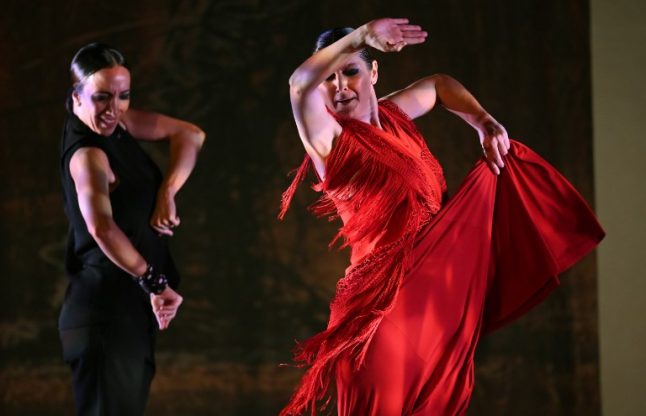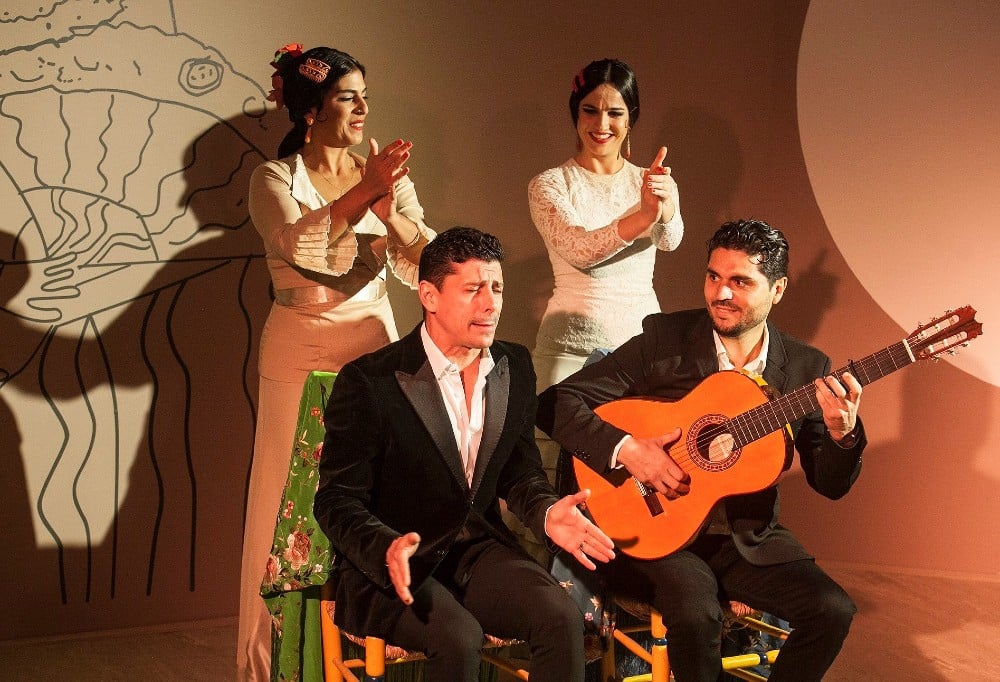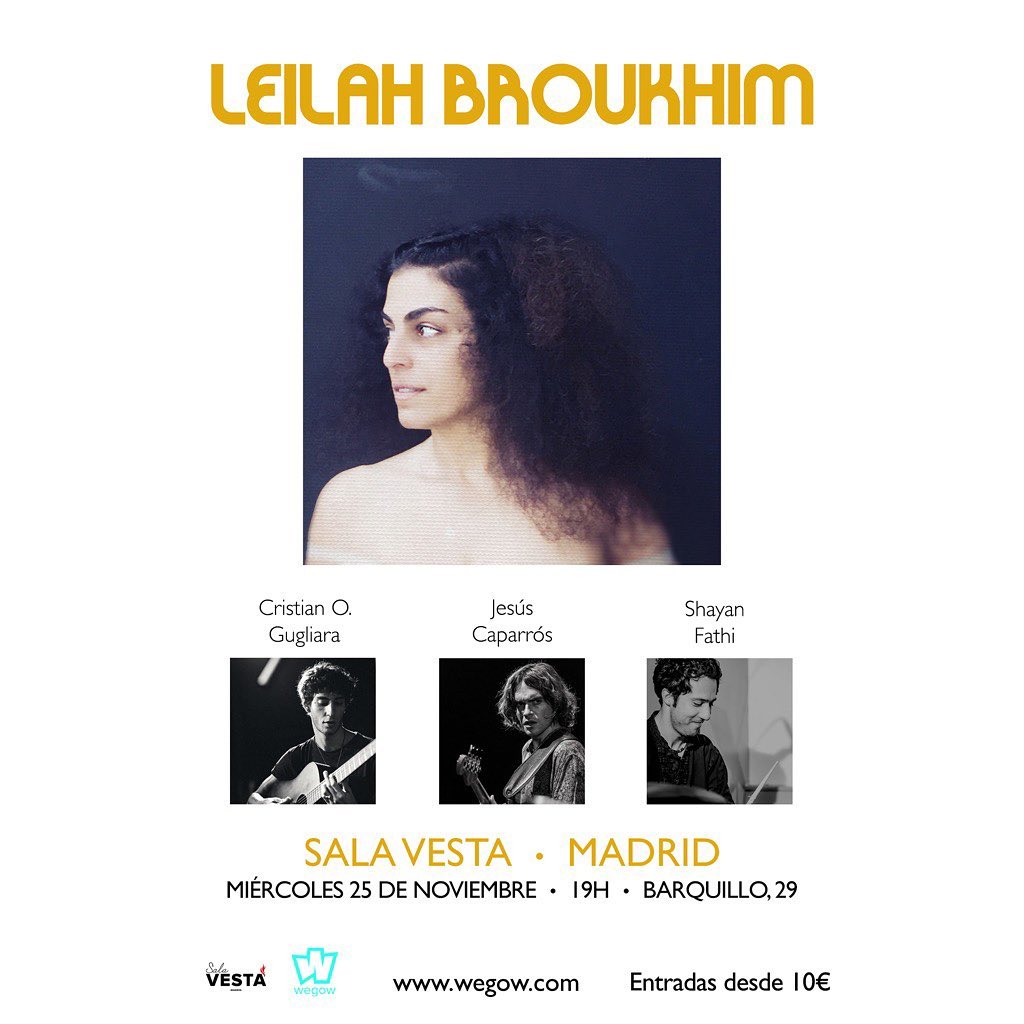DANCE
Sara Baras: The flamenco superstar wearing the pants
A seductive Spanish art form characterized in the popular imagination by a bright frilly dress, the tradition of flamenco is fast becoming an arena for innovation.
Published: 9 March 2019 11:38 CET

Flamenco superstar Sara Baras performs on Thursday as part of the New York City Flamenco Festival. Photo: TIMOTHY A. CLARY / AFP
And flamenco superstar Sara Baras is at the forefront, using her heels to pierce gender stereotypes by trading the ruffled gown for a pair of pants to dance “farruca” — a style normally limited to men.
The 47-year-old from the southwestern Spanish city of Cadiz, who is starring in New York's Flamenco Festival USA series this weekend, says she enjoys the traditionally masculine style farruca because she “likes the risk, it makes you grow.”
“It's an elegant, sober style; it's a trouser and a shirt, not your dress or your flowers or anything. You cannot hide. You have to have truth.”
Baras begins her show in a shirt with black pants, before transitioning to a spectacular dress with undulating folds.
Today, she says, the “farruca” belongs to both men and women.
“It does not matter what the movement is,” she told AFP. “Before men could not move their hips and women did not use their feet.”
But today, she said, “a man can move his hips beautifully without being feminine, and a woman can dance with her feet without being masculine.”
She even says dancing farruca allows her to tap into her femininity, citing “the sensuality of the movement in pants.”
“The body is more naked; therefore you have to be more careful with placement — your hip, your legs, your waist, everything has to be in place.”
'Straight to the heart'
Spanish sensation Rosalia has earned global acclaim for her fusion of flamenco with electronica and trap, a style of hip hop born in the southern United States.
But she's also stoked controversy: some accuse her of cultural appropriation, as the tradition comes from Spain's southern Andalusia region where the gypsy community created it to express their suffering. Baras dismisses those criticisms, saying flamenco belongs to everyone.
“Anyone who feels and lives it can do it,” she said. “Flamenco does not understand borders; it is an art that goes straight to the heart. It has no passport, it has no schedule, it has no limitations. Flamenco is free.”
The acclaimed dancer says her art has changed since she became a mother nearly eight years ago, seeing her place less emphasis on technical perfection and speed.
“Silence, a gesture, a sweet moment,” are now the goals, she said. “Being still and being able to express something almost without moving.”
Baras — whose tour began in Switzerland and will soon visit Miami, Abu Dhabi, Valencia and Barcelona — vows to keep dancing “as long as the body endures.”
“I do not know my life without dancing,” she said. “You dance and release everything; you communicate with everyone as if you had an additional form of expression.”
“You wear your shoes and fly.”
By AFP's Laura Bonilla
Url copied to clipboard!




 Please whitelist us to continue reading.
Please whitelist us to continue reading.
Member comments